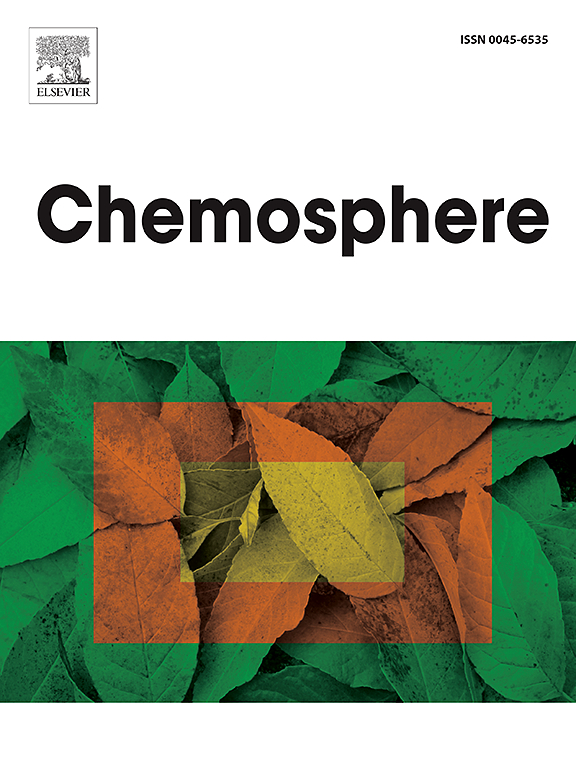Adding the stoichiometric ratio between oxygen consumed per oxidized carbon (O/C) in the mathematical model of aquatic macrophyte mineralization
IF 8.1
2区 环境科学与生态学
Q1 ENVIRONMENTAL SCIENCES
引用次数: 0
Abstract
This study was proposed to include the stoichiometric relationship between oxygen consumed by oxidized carbon (O/C) in the aerobic mineralization pathways of aquatic plants (i.e., oxidations of labile particulate organic carbon, dissolved organic carbon, and recalcitrant particulate organic carbon). This addition brings together two mathematical models used to describe the decomposition of macrophytes. This stoichiometry makes it possible to deduce the oxygen consumption of mineralization, depending on the composition of the detritus. It also allows the inference of the predominant catabolic routes selected by microorganisms. This type of information is not available in kinetic studies of mathematical modeling of macrophyte decomposition. To this end, two experiments were carried out (1st: mass loss kinetics; 2nd: oxygen consumption) with 5 macrophytes species: Echinodorus tenellus, Hydrocotyle verticillata, Ludwigia sedioides, Najas macrocarpa and Pontederia parviflora. After parameterizing the kinetic model (including O/C relationships), the simulated results were compared with those from the 2nd experiment to evaluate the validity of the proposed model. A comparison of the results indicated the success of the proposal (r2 > 0.97); O/C ratio values varied between 0.08 and 2.51. Mineralization of labile and soluble organic compounds tends to produce short-term oxygen consumption, while those of recalcitrant fractions tend to generate low-intensity, long-term consumption. Determinations of O/C relationships improve predictions of oxygen balances in aquatic environments, as in these environments, the cycling rate and reactivity of organic compounds change depending on the main composition of the plant resource, generating specific oxygen demands.

求助全文
约1分钟内获得全文
求助全文
来源期刊

Chemosphere
环境科学-环境科学
CiteScore
15.80
自引率
8.00%
发文量
4975
审稿时长
3.4 months
期刊介绍:
Chemosphere, being an international multidisciplinary journal, is dedicated to publishing original communications and review articles on chemicals in the environment. The scope covers a wide range of topics, including the identification, quantification, behavior, fate, toxicology, treatment, and remediation of chemicals in the bio-, hydro-, litho-, and atmosphere, ensuring the broad dissemination of research in this field.
 求助内容:
求助内容: 应助结果提醒方式:
应助结果提醒方式:


